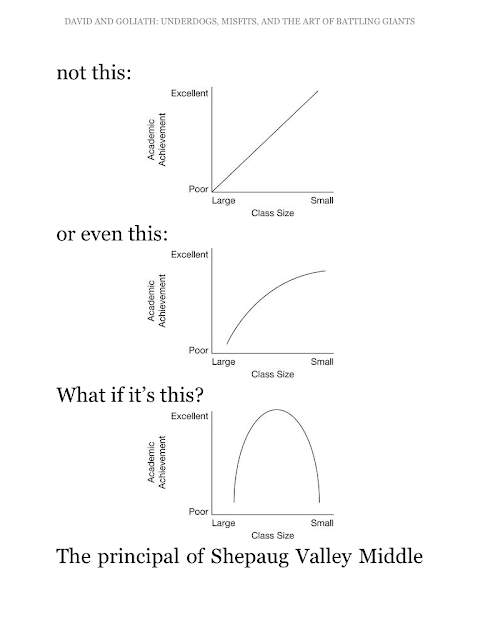I love the notion that the repetition implies a message for me… and I love his idea that "the time is now".
And don't miss Russell Brand on Gaiman TV. I loved it. "Be nice" is something we all can do. During the interview (2:30 into it) Daniel Pinchbeck references Russell Brand's experience on MSNBC. That clip can be seen HERE. It's a stunning glimpse into the rudeness of the anchors.
What do you think of his message? Is it to be trivialized, as many have done, or does it speak to you?
As for me… Kindness and Compassion always speak the truth.


+0006%5B1%5D.jpg)










